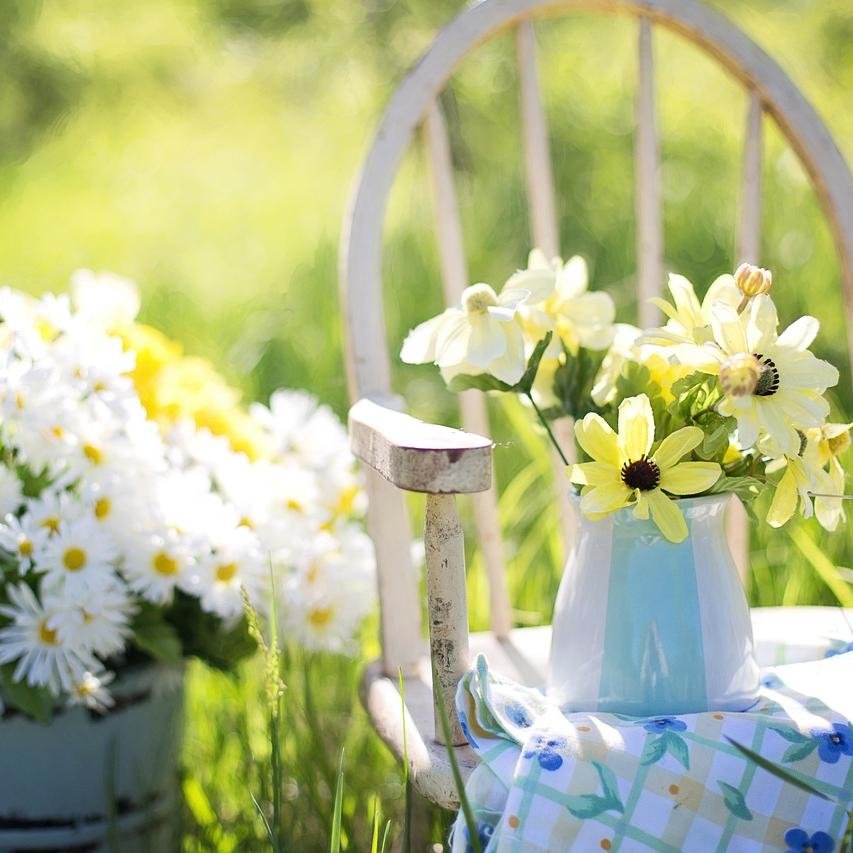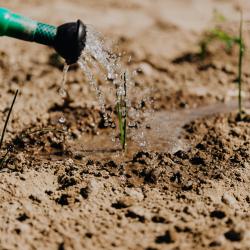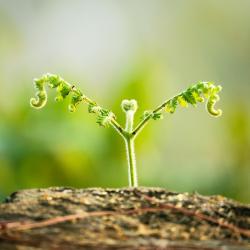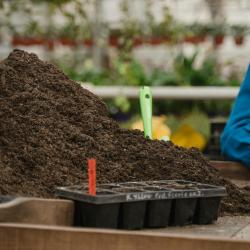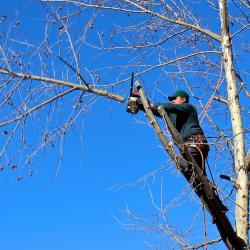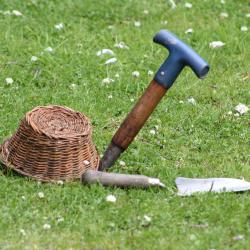How to Maintain Your Garden During the Hot Summer Months
As the sun blazes its way across the summer sky, gardeners are often met with the dual challenge of sustaining plant health while coping with sweltering temperatures. The hot summer months can be harsh on gardens, but with a proactive approach, you can ensure your garden not only survives but thrives throughout the season. Here are some key strategies for maintaining your garden during the hottest time of the year.
1. Watering Wisely
One of the most fundamental tasks is ensuring your garden receives adequate water. However, this is not just about quantity but timing and method as well. Water early in the morning or late in the afternoon to minimize evaporation. Using a drip irrigation system or soaker hoses can deliver water directly to the plant roots, reducing wastage and preventing diseases caused by wet foliage. Rain barrels are also an eco-friendly way to collect rainwater for use in dry spells.
2. Mulching Magic
A generous layer of mulch can be your garden’s best friend during the summer. Applying mulch around your plants helps to retain soil moisture, suppress weeds, and regulate soil temperature. Organic mulches like straw, bark, and shredded leaves decompose over time, adding nutrients to the soil and improving its structure.
3. Shade Solutions
If your garden plants are wilting under the relentless sun, consider providing some relief by using shade cloths, pergolas, or strategically planted trees. Shade solutions can help reduce the temperature around sensitive plants and protect them from intense heat. Portable canopies can be particularly useful for raised beds or vegetable plots.
4. Soil Care
Healthy soil is the foundation of a resilient garden. During the summer, ensure your soil remains healthy by avoiding compaction, which can impede root growth and decrease the soil’s ability to retain moisture. Digging and aerating your soil carefully before planting can help, as well as incorporating organic matter like compost to enhance its water retention and fertility.
5. Smart Plant Selection
When planning your summer garden, choose plants that are suited to withstand high temperatures and require less water. Native plants, succulents, and drought-resistant varieties are excellent choices. Additionally, group plants with similar water needs together to optimize water use.
6. Pest Patrol
Warm weather can invite a host of garden pests. Regularly inspect your plants for signs of infestation, such as holes in leaves, discolored spots, or sticky substances. Encouraging beneficial insects like ladybugs and lacewings, using organic pesticides, and implementing companion planting strategies can help keep pest populations under control.
7. Regular Maintenance
Frequent grooming of your plants is essential for a healthy summer garden. Prune away dead or diseased foliage to promote air circulation and reduce the risk of fungal diseases. Deadhead flowers to encourage new blooms and manage weeds meticulously, as they compete with your plants for water and nutrients.
8. Lawn Care
Lawn maintenance is also crucial during the summer months. Keep your grass a bit longer, as taller blades will shade the soil and reduce water evaporation. Water deeply but less frequently to encourage deep root growth, and consider using a mulching mower to leave grass clippings on the lawn to act as natural fertilizer.
9. Stay Informed
Keeping an eye on the weather forecast helps you anticipate extreme heat waves or dry spells, allowing you to take necessary precautions. Joining local gardening groups or consulting with local agricultural extensions can provide insights on region-specific gardening tips.
By following these strategies, you can maintain a lush and thriving garden even in the heat of summer. With proper care and attention, your garden will not only withstand the hot months but will also reward you with bountiful growth and beauty. Remember, a well-tended garden is as much about resilience as it is about aesthetics—keeping your green space thriving in every season.
